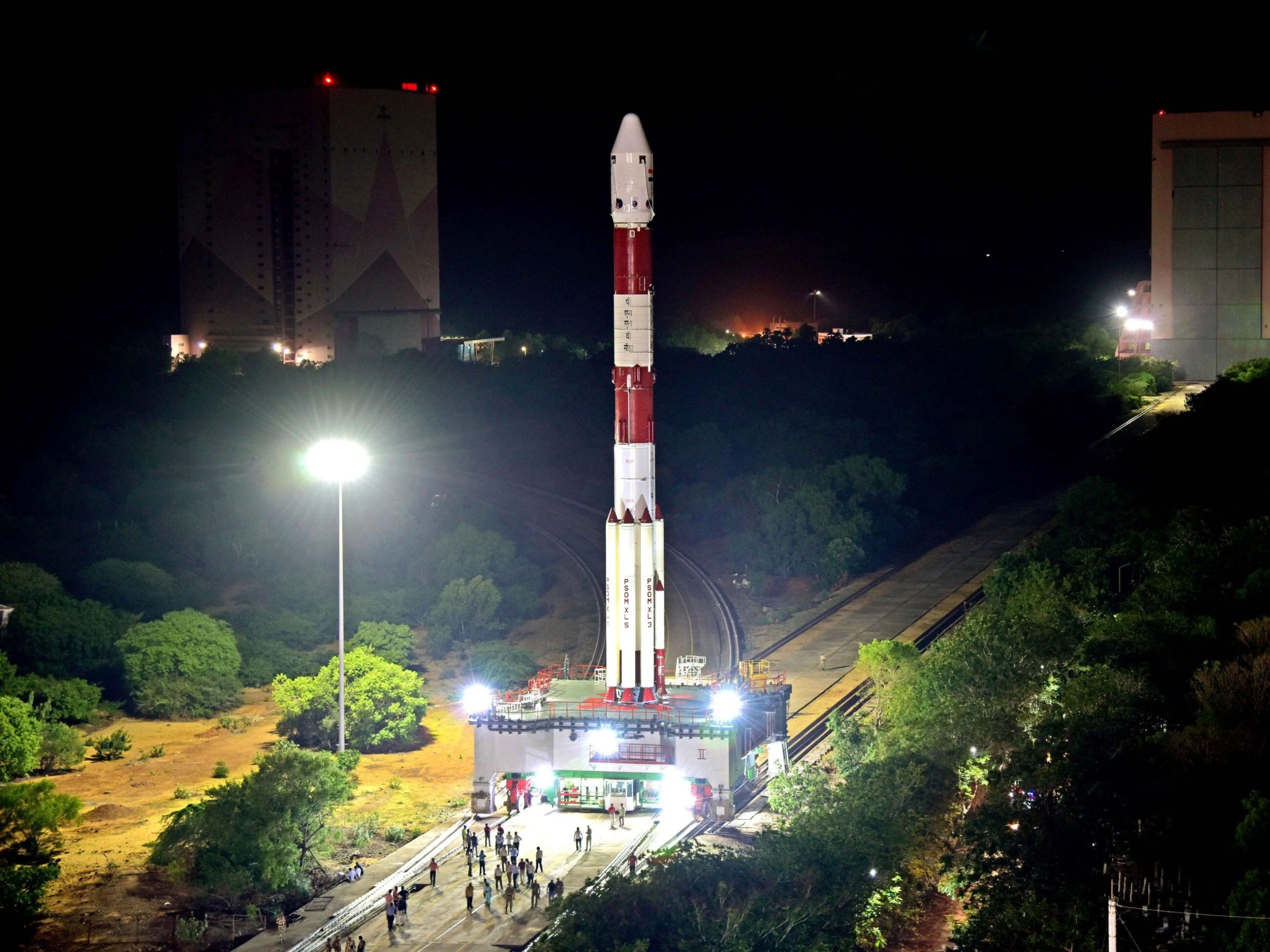India is preparing another mission into space. They want to explore the Sun

India recently landed on the Moon, and the country is already preparing a solar research mission. The specially prepared Aditya-L1 probe is scheduled to fly into space later this year and will explore the secrets of the solar corona.
The Indian Space Agency (ISRO) has announced another ambitious space mission. After a successful landing on the Moon, the country is about to take a closer look at our nearest star. What is the new initiative?
ISRO’s Sun Mission – Aditya-L1 will launch in September
“The launch of Aditya-L1, India’s first space observatory to study the Sun, is scheduled for September 2, at 11:50 a.m.,” the ISRO account on X (formerly Twitter) announced. The name of the machine is, of course, not accidental – Aditya means “Sun” in Hindi.
The rocket with the probe will fly from the Satish Dhawan Space Center – a spaceport located on the island of Sriharikota, in the southeast of the country. Then it will spend some time in Earth’s orbit and then settle in Lagrange point 1. This point is about 1.5 million km away from our planet.
This will enable the machine to maintain a constant orbit and continuously observe our star. The observatory will regularly provide images of the Sun and send other key data to scientists.
Aditya-L1 will accurately monitor solar activity using as many as seven research modules. This is intended to enable the observation of the star’s influence on space weather “in real time.” The probe may also prove crucial in examining the solar winds more thoroughly and may answer the question of why the solar corona is much hotter than the star’s surface.
India lands on the Moon – a great success of Chandrayaan-3
Only on August 23, India successfully placed a lander on the Moon. The Chandrayaan-3 machine landed softly on the surface of the Earth’s satellite, and the key moments were even watched by the country’s Prime Minister Narendra Modi.
The South Pole of the Moon is not a random location. The Indian mission is the first to land there. This was not possible before, among others: Russia or Israel. According to scientists, examining this part of the natural satellite is particularly important because it is assumed that there may be ice deposits there. If the assumptions could be confirmed, then the ice could be used during future space missions.






